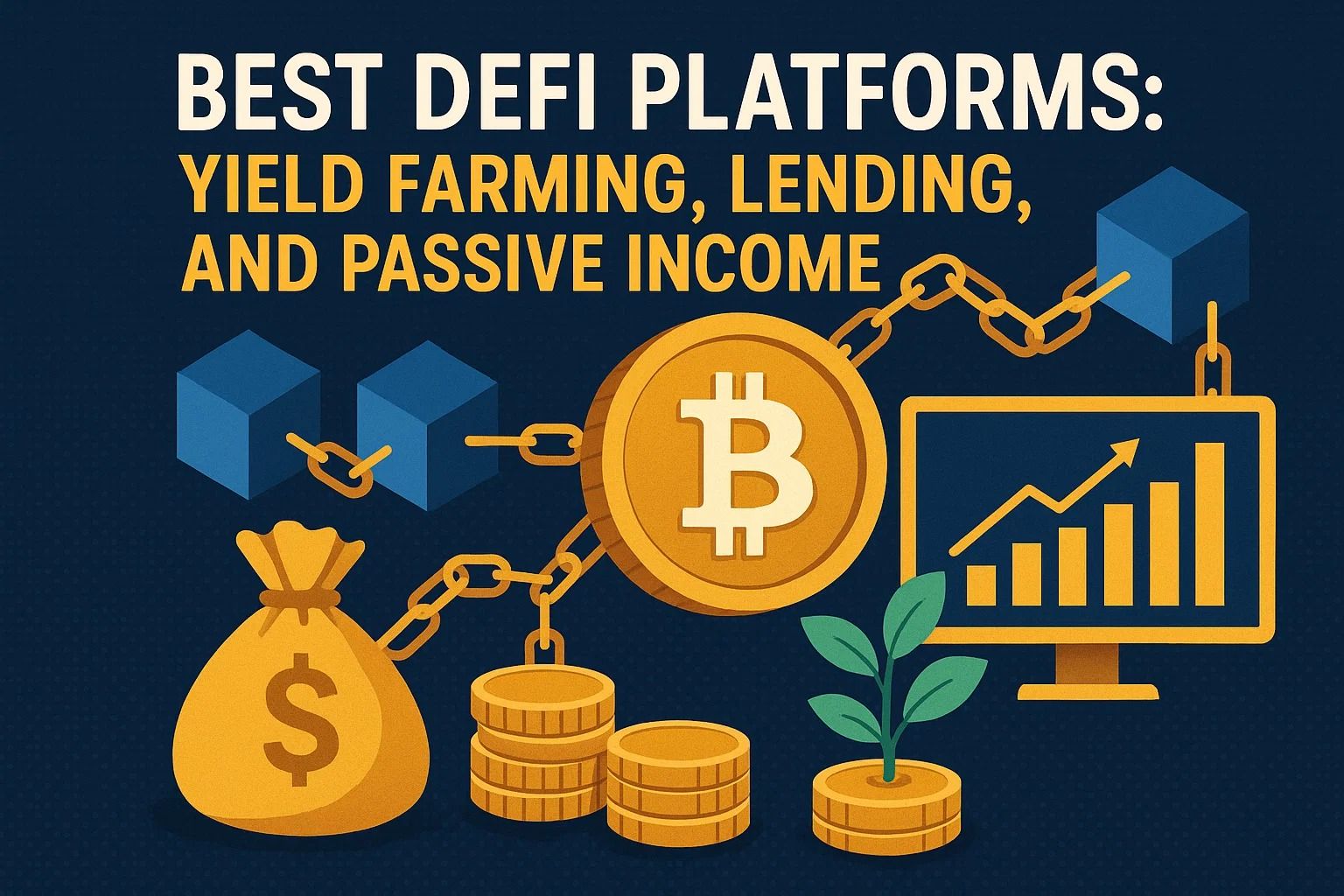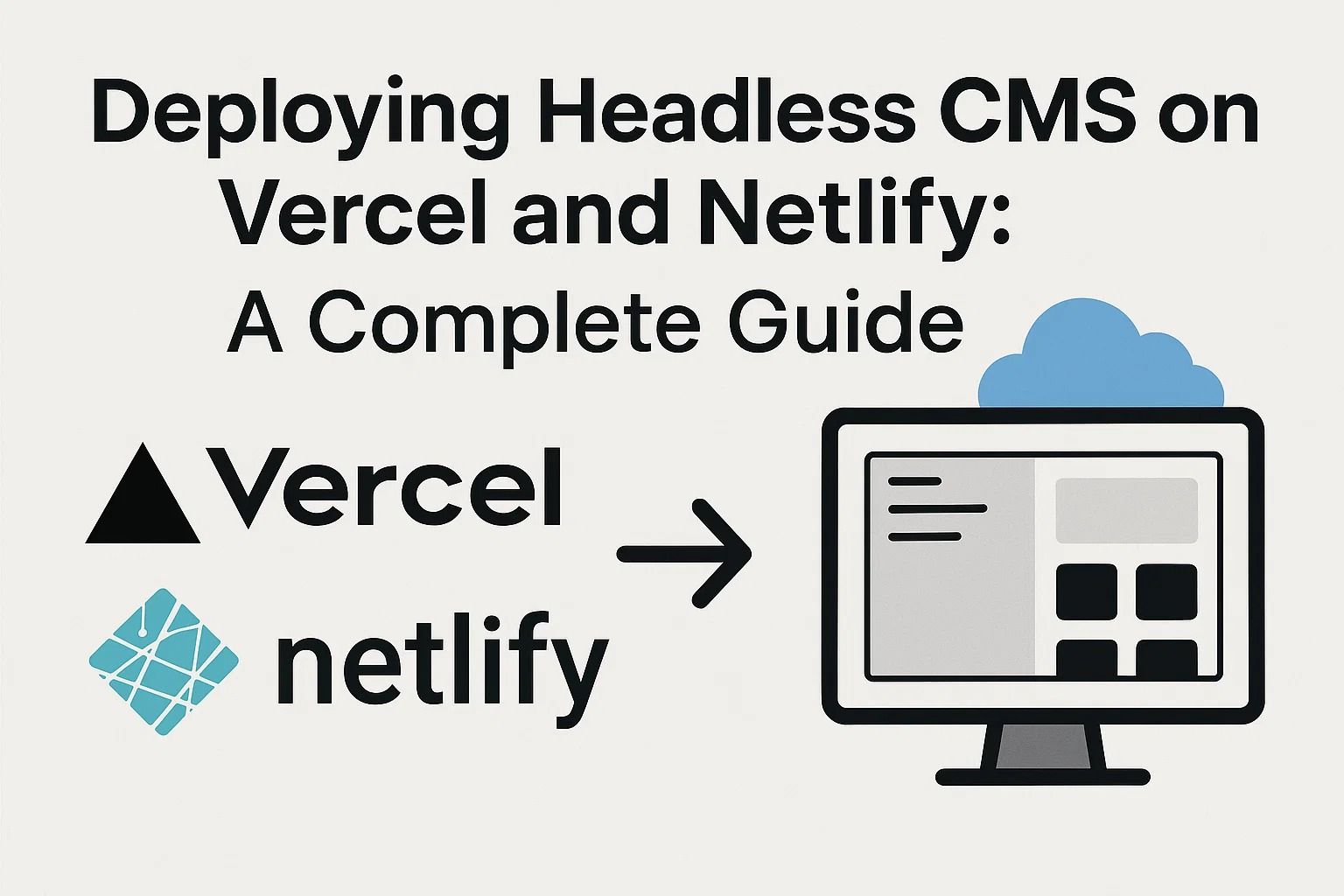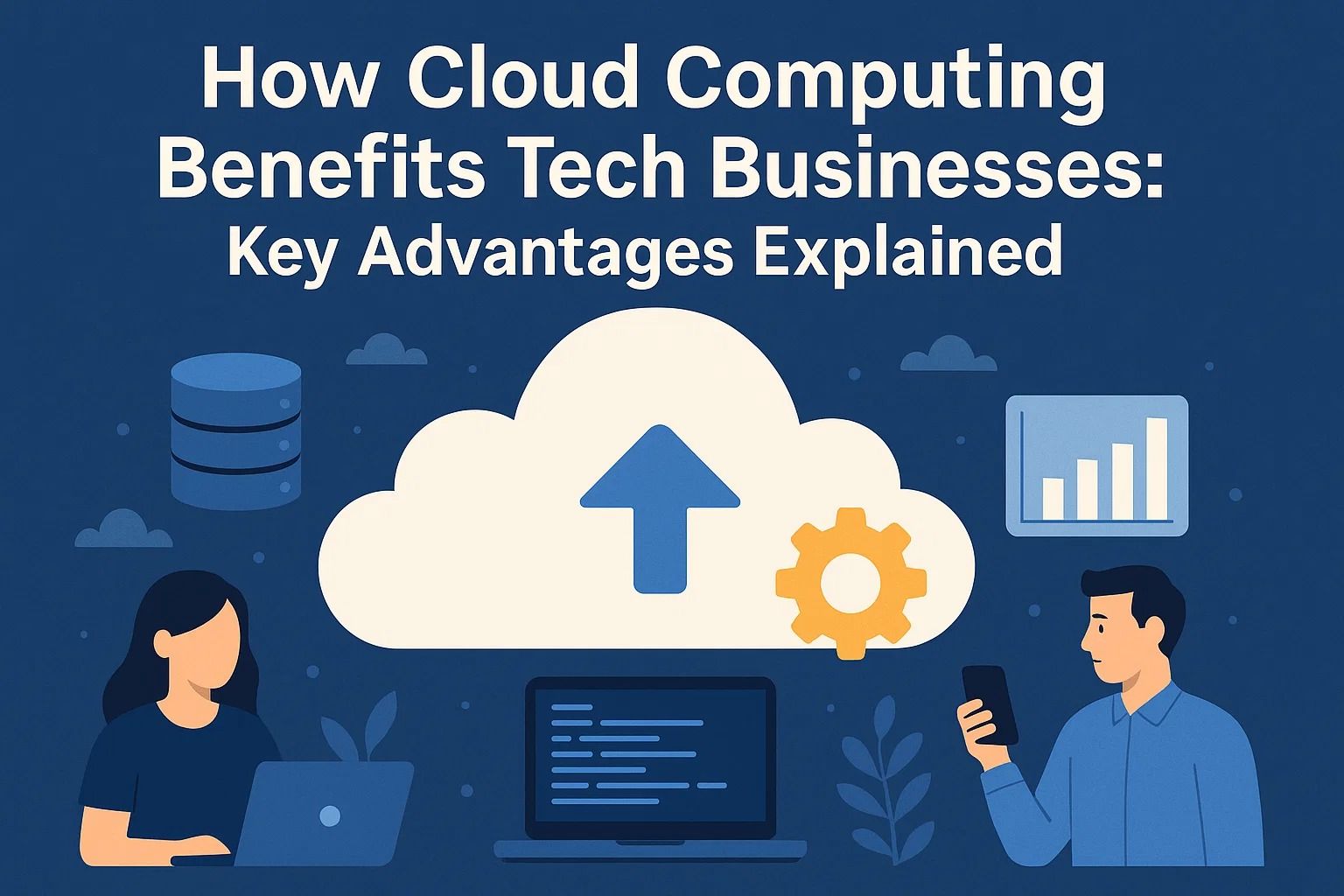
Best DeFi Platforms: Yield Farming, Lending, and Passive Income
Best DeFi Platforms for 2025: Yield Farming, Lending, and Passive Income
The decentralized finance (DeFi) landscape continues to evolve, offering investors and crypto enthusiasts opportunities to earn passive income through yield farming, lending, and staking. As we enter 2025, DeFi platforms have become more user-friendly, secure, and interoperable — transforming how people interact with money in a trustless ecosystem.
💡 What Makes DeFi So Powerful?
DeFi eliminates traditional intermediaries like banks or brokers, giving users complete control over their assets. Whether you’re earning yield on stablecoins or borrowing against your crypto, smart contracts automate every step securely on-chain.
- Open access for anyone with a wallet
- Transparent transactions on public blockchains
- High returns through innovative financial products
- Integration with Web3 wallets and protocols
Some of the top DeFi platforms leading the market today include Aave, Curve Finance, Uniswap, and Yearn Finance. Each offers unique mechanisms for earning yield, managing liquidity, and optimizing DeFi strategies.
Tip: Always review a platform’s Total Value Locked (TVL) and audit reports before investing. Security and transparency are the foundation of sustainable DeFi growth.
For readers new to decentralized ecosystems, it’s helpful to understand how DeFi compares to traditional systems in terms of governance, risk, and rewards. Unlike centralized exchanges or banks, DeFi empowers individuals to act as their own custodians, ensuring sovereignty over funds.
To dive deeper into building your own secure online setup, check out our related article How to Migrate a WordPress Site to a New Host — which includes hosting and decentralization tips relevant to managing your own financial dApps.
Comparing Top DeFi Platforms for Yield and Lending in 2025
With dozens of DeFi protocols now competing for liquidity, it’s essential to know which platforms offer the best balance between yield, reliability, and user experience. In 2025, the most successful DeFi platforms are those that combine security, interoperability, and automation.
🏦 Leading DeFi Platforms by Category
| Platform | Primary Function | Average APY (2025) | Unique Feature |
|---|---|---|---|
| Aave | Lending & Borrowing | 4–9% | Flash loans and collateral flexibility |
| Uniswap | Decentralized Exchange (DEX) | Up to 15% (LP fees) | Automated Market Maker (AMM) model |
| Curve Finance | Stablecoin Yield | 5–12% | Low slippage swaps for stable assets |
| Yearn Finance | Yield Aggregation | 7–20% | Automated vaults with strategy optimization |
⚙️ Choosing the Right Platform
When deciding where to deploy your crypto assets, consider:
- Liquidity depth: More liquidity means lower slippage and better trade execution.
- Security audits: Verify the platform’s code audits and past exploit history.
- APY stability: Avoid chasing short-term spikes; look for consistent returns.
- Network fees: DeFi platforms on Layer 2 or sidechains often provide cheaper transactions.
Many DeFi projects now integrate with cross-chain bridges, allowing users to move assets between Ethereum, Arbitrum, Polygon, and BNB Chain. This interoperability ensures your yield strategies remain flexible and efficient across ecosystems.
Pro insight: Platforms like Lido and Rocket Pool are redefining staking by making Ethereum liquid — letting users earn staking rewards without locking up their funds entirely.
For those exploring modern hosting and backend automation principles that parallel DeFi decentralization, we recommend reading Deploying Headless CMS on Vercel or Netlify — it shows how distributed architecture empowers scalable and reliable systems.
The Future of DeFi Platforms and What to Expect Next
DeFi isn’t just about earning yield anymore — it’s evolving into a complete financial ecosystem where automation, governance, and interoperability define the next phase of innovation. The coming years will see integration between DeFi and traditional finance through tokenized real-world assets and improved regulatory frameworks.
🌍 Key Trends Shaping the Next Wave of DeFi
- Real-World Assets (RWA): Platforms like Centrifuge and MakerDAO now bring tokenized bonds, invoices, and real estate into DeFi pools.
- Layer 2 Expansion: Networks such as Arbitrum, Base, and zkSync reduce transaction fees and enable micro-investments.
- Cross-Chain Liquidity: Bridging tools make it easier to move funds securely between ecosystems without centralized exchanges.
- AI-driven Optimization: New DeFi protocols use predictive algorithms to balance risk and reward in real time.
The DeFi ecosystem of 2025 is defined by transparency and user empowerment. As investors demand more control over their funds, decentralized protocols are introducing non-custodial models and enhanced security layers such as multi-sig governance and hardware wallet integration.
Tip for new users: Before committing capital to any DeFi project, always verify the audit status, team reputation, and total value locked (TVL) via trusted aggregators like DeFiLlama or Token Terminal.
Developers entering the space should also consider building dApps on scalable chains that provide native DeFi SDKs and integrations — especially those offering composability with yield protocols.
For a broader look at how automation continues to transform business processes and digital infrastructure, check our internal article on Automation in Modern Business.
🚀 The Bottom Line
DeFi is no longer an experimental corner of the crypto world. It’s becoming the backbone of a new decentralized economy — one built on open protocols, algorithmic governance, and user ownership. Whether you’re a yield farmer, developer, or crypto investor, now is the time to learn, adapt, and participate in this transformative space.
















